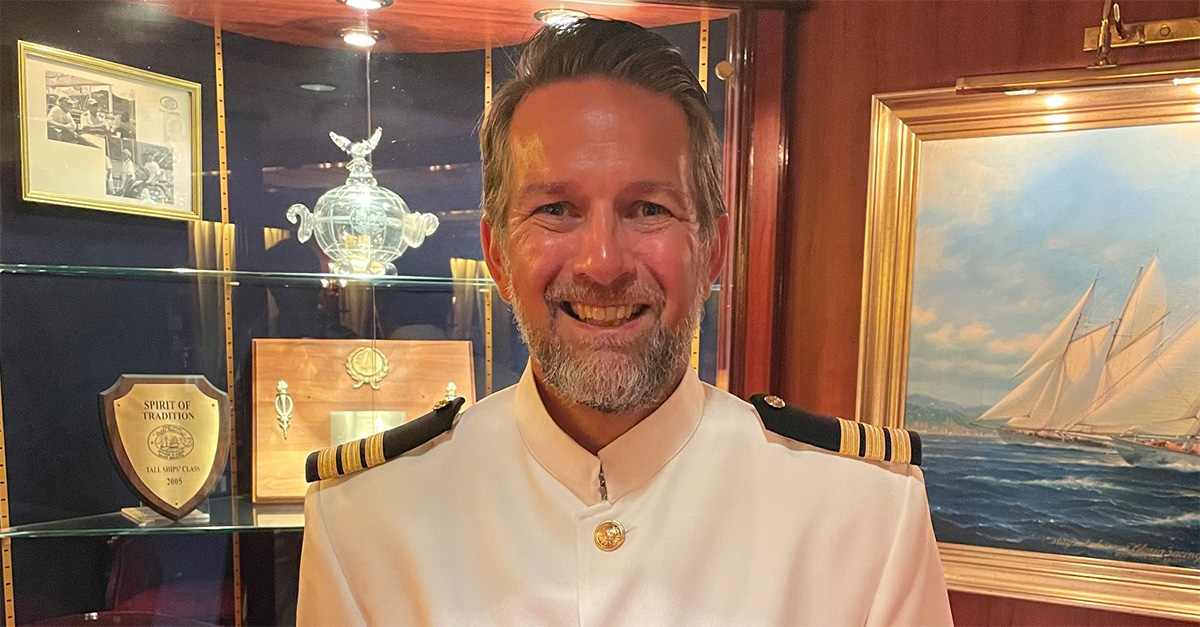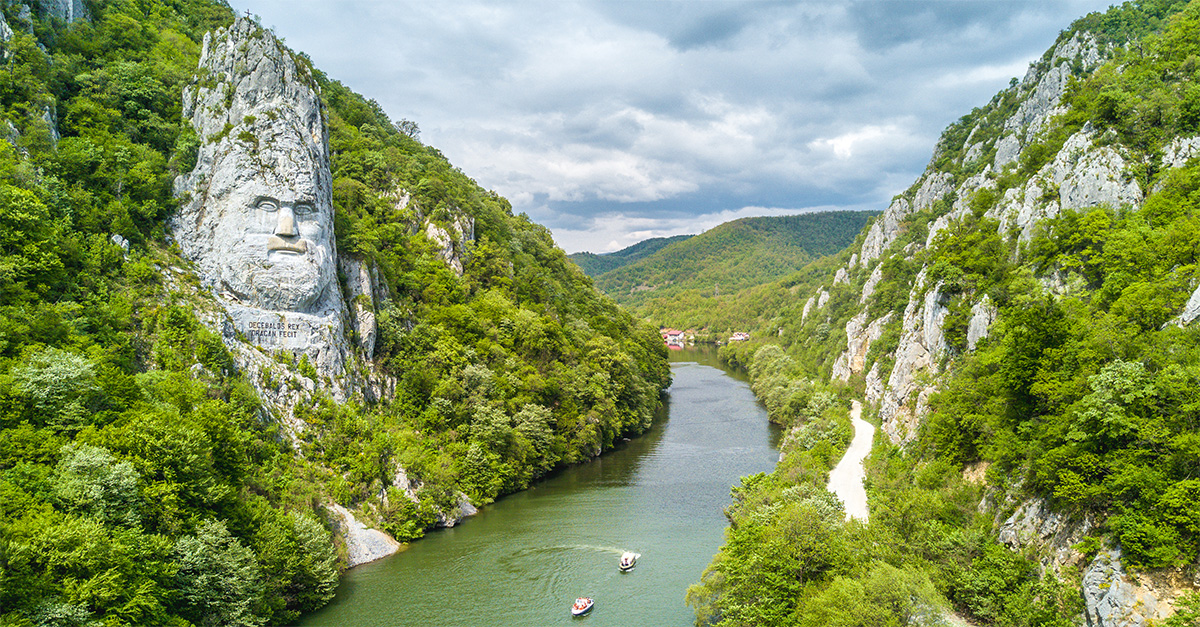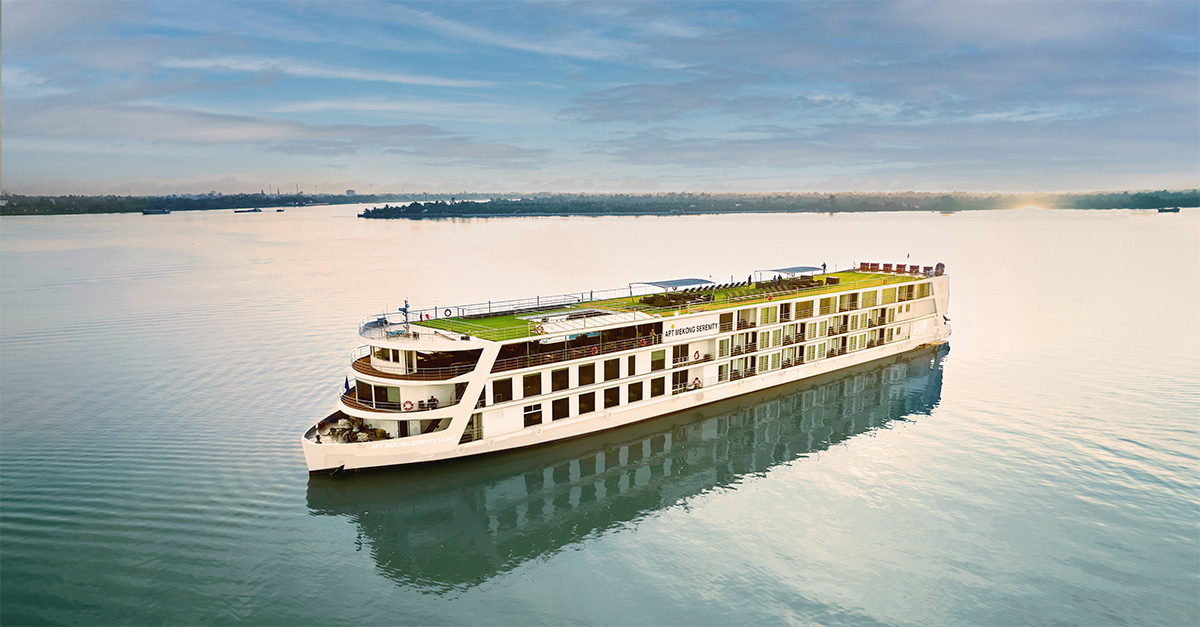Laura French discovers different sides of Ireland on a fam trip with Cosmos.
I’m sitting in a 600-year-old castle, tackling a mound of honey-doused pork ribs with my bare hands – no forks here, for this is medieval times, I’m told.
Meanwhile a large, bumbling lord dressed in full medieval garb stands at the front cracking hearty jokes, accompanied by a group of singing Ladies of the House. His voice ricochets down the candlelit Banquet Hall, where goblets of mead fill Harry Potter-like tables, and shiny platters send wafts of meat and chicken swirling through the room.
Then we’re told the earl – an elected audience member – has found one of our group members to be a ‘scoundrel’ and sent him off to the dungeons. It’s all kicking off.
“A large, bumbling lord dressed in full medieval garb stands at the front cracking hearty jokes, accompanied by a group of singing Ladies of the House.”
Welcome to Ireland – or more specifically, Bunratty Castle’s medieval banquet, where period-costumed violinists, harpists and choral singers perform between endless streams of themed food, so that by the end, we’re all thumping the tables and dancing along full of merriment (and a fair bit of wine).
It’s available as an add-on to Cosmos tours around Ireland (from £67 per person), and is one of the standout experiences on a fam trip showing off an intriguing side to this scenic country. Even by the end, I’m not ready to say slán (‘goodbye’ in Gaelic) to the rolling carpets of green and quaint little towns that pepper the landscape.
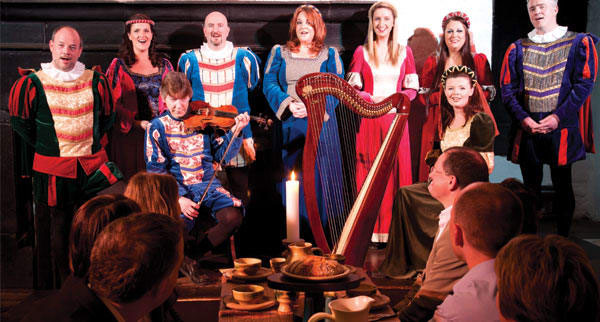
Horsing around
It was to a slightly more modern tune that we kicked off the trip in Dublin. Top of my list of highlights here was the Guinness Storehouse, the sleek museum shaped like a pint and packed with colourful displays and interactive videos. A seven-floor juggernaut, it’s worth recommending, even if clients aren’t the biggest drinkers, not least for the panoramic glass atrium bar at the top, and the Brewers’ Dining Hall, where tender beef stew and other classics are dished up in Irish-sized portions (entry is €18.50 for adults and free for under-13s; Cosmos offers an optional visit to the Guinness Storehouse for £63 including a tour and dinner with drinks).
“Enthusiastic tour guides tell visitors about its intriguing history and the breeding techniques used, as well as about the colourful Japanese gardens.”
From here it was on to the Irish National Stud, a renowned thoroughbred horse farm about an hour’s drive west. Tucked away in the heart of County Kildare, this sprawling patch of green was bought in 1900 by the most famous horse breeder of the time, Colonel William Hall Walker. Since then it’s produced an army of success stories, including King Edward VII’s winning horse in the 1909 Derby, and racehorse Beef or Salmon, which finished fourth in the 2004 Cheltenham Gold Cup.
Today, enthusiastic tour guides tell visitors about its intriguing history and the breeding techniques used, as well as about the colourful Japanese gardens and tiny Falabella horses, which are smaller than Shetland ponies (entry €12.50 for adults, €7 for children, or included in the Cosmos tour).
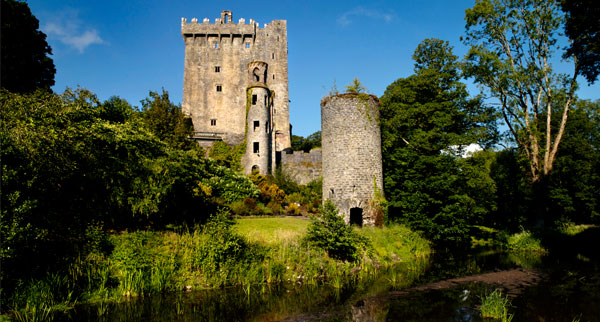
Talking Blarney
Impressive in a different way was the iconic, 15th-century Blarney Castle, a two-hour drive south in County Cork. Once the seat of a rebellion against Queen Elizabeth I, the castle is best known for its supposedly magical stone. Legend says those who kiss the rock perched at the top of the tower will be given ‘the gift of the gab’.
I can’t say it gave me that, but it did give me a story to tell the future grandkids as I clambered up the steep, winding staircase and leant back over a seriously high drop to peck its cold, grey face.
“There’s plenty more to do, including the glorious, hilly grounds that hug the castle, laced with walking trails, waterfalls, lakes and woodland.”
Where the story comes from is up for debate. Some believe the stone was brought back to Ireland from the Crusades; others claim it was ‘Jacob’s Pillow’, brought here by the prophet Jeremiah and then used as something of a sorting hat for kings. Whatever its history, it clearly pulls in the punters.
But while some come to Blarney purely for this, there’s plenty more to do, including the glorious, hilly grounds that hug the castle, laced with walking trails, waterfalls, lakes and woodland. Here you’ll find unusual creations such as the Poison Garden, dedicated to all things toxic, and Rock Close, a folkloric section home to ‘wishing steps’, a ‘witch’s kitchen’ and the ‘druid’s circle’, nestled among rippling streams and ivy-covered rocks.
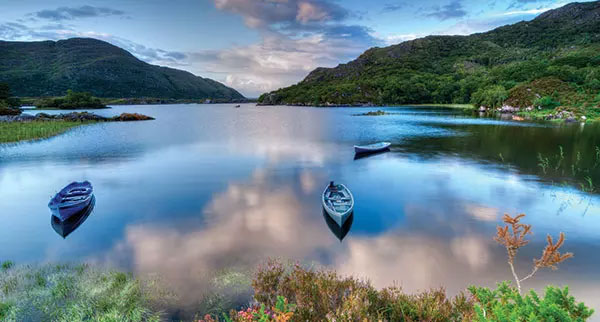
Ireland in view
An hour’s drive west of here took us to County Kerry’s life and soul, Killarney. Lined with traditional, live-music pubs built into old-world buildings, this atmospheric, tourist-centric town is the gateway to the iconic Ring of Kerry, the 125-mile circular route that meanders along the coast.
Driving along a section of its long, empty road gave us movie-set scenes of wild, craggy cliffs on one side and the open sea on the other, mist veiling everything in an eerie and ethereal cloak. Stopping at the Dingle Peninsula – one of the most westerly points in Europe – felt like standing at the edge of the world, with nothing in sight bar a huge stretch of water sprawling out in front like a sheet of silvery glass. A local man stood by the roadside, muttering something in Gaelic to what appeared to be his pet goat – this is Ireland at its most quintessential.
“Lined with traditional, live-music pubs built into old-world buildings, this atmospheric, tourist-centric town is the gateway to the iconic Ring of Kerry.”
Just as enchanting were the dramatic hills that greeted us as we rolled through Killarney National Park, glimpsing mirror lakes peeping out from deep-cut valleys, and pink rhododendron clinging to green cliffs.
The highlight here was Waterville. A favourite holiday spot for Charlie Chaplin in the 1950s, this is a classic seaside town at its best, with wafts of seaweed and salt in the air, cliffs plunging into open sea and a wild and windy beach covered in grey shingles. It’s the type of place you can imagine heaving in the early 1900s, now desolate bar a few stray souls who linger around its remaining cafes and B&Bs. I was thoroughly charmed.
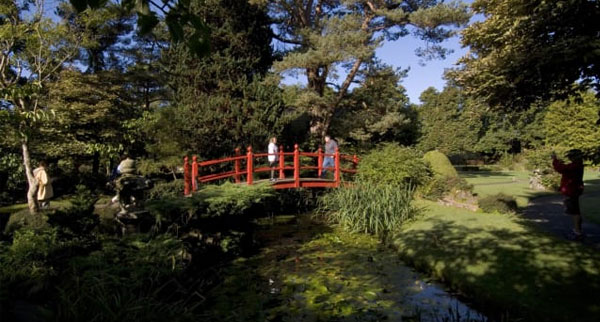
It set the expectations high for our penultimate stop, the Cliffs of Moher, but if anywhere could outdo it, it was this place. Scenes from Harry Potter and the Half Blood Prince were filmed here, and it feels properly fantastical, with dramatic, razor-like ledges jutting out over an expanse of ocean, and stepped walking trails winding along the top taking you to see the best of it.
Like much of Ireland, it’s wild, rugged and sparse, weathered by years of erosion and a harsh climate. The pure air filling my lungs and stealthy sea breeze whipping my cheeks left me feeling a little intoxicated – and all without a goblet of mead or a pint of Guinness in sight.
“Scenes from Harry Potter were filmed here, and it feels properly fantastical, with dramatic, razor-like ledges jutting out over an expanse of ocean.”
Book it: Cosmos’s nine-day Irish Discovery tour starts at £1,148 per person, including flights from Heathrow, private home pick-up, accommodation, transfers, a tour director, some meals and porterage. The itinerary visits Dublin, the Cliffs of Moher, Limerick, Killarney, Adare, the Ring of Kerry, Blarney and the House of Waterford Crystal.
cosmos.co.uk
Read more
From Kyoto to Kentucky, the best whisky tours around the world
The best short breaks beyond the city
The best golf courses in Ireland

